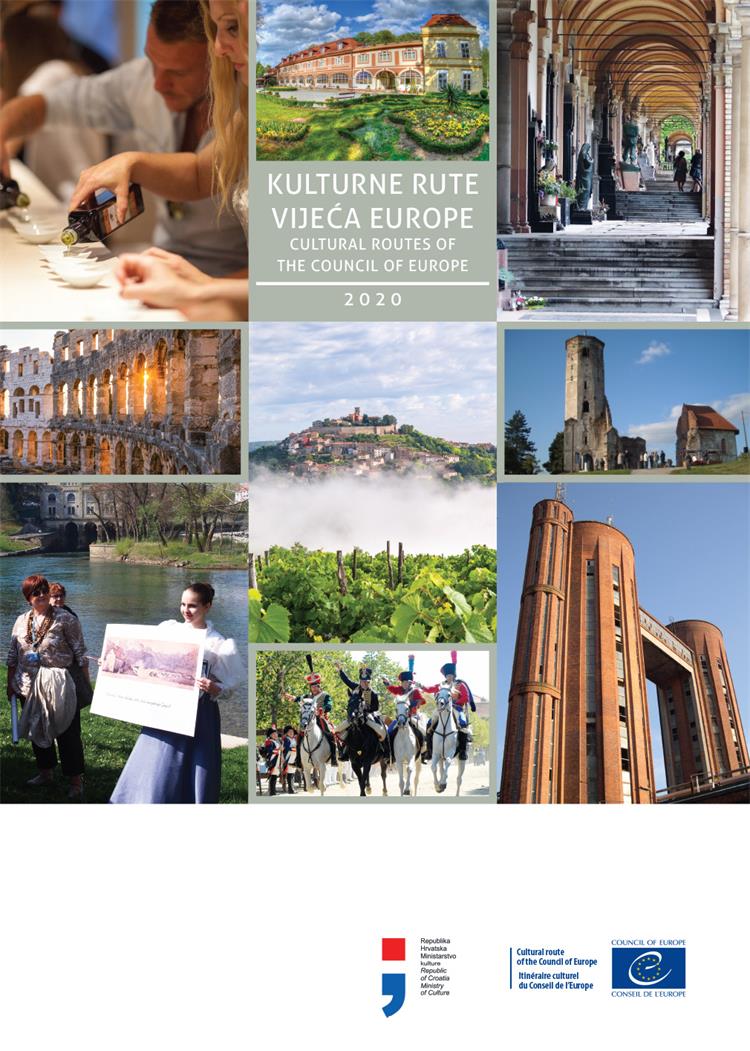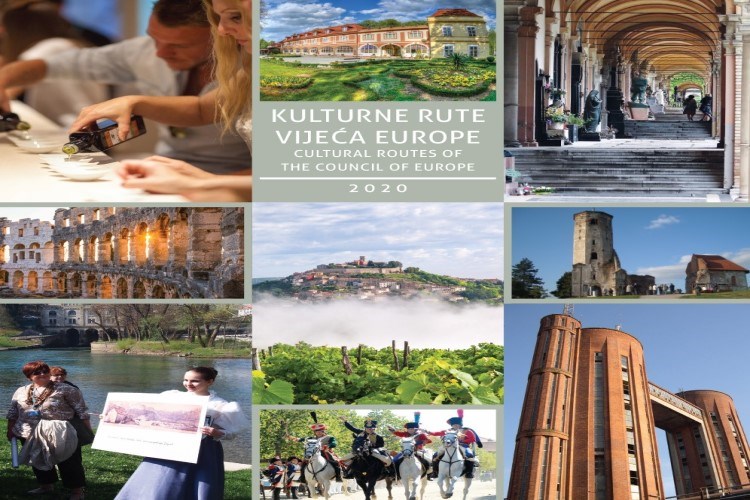CULTURAL ROUTES OF THE COUNCIL OF EUROPE

" In 1987, the Council of Europe launched a programme entitled Culture Routes of the Council of Europe with a purpose of representing our common cultural heritage, gaining a better understanding of the European cultural identity and shaping a common cultural space. In addition to the preservation of the natural and cultural heritage, the programme promotes sustainable development, education, educational and cultural exchange; by enriching the cultural tourism offer, it highlights less attractive and little-known destinations, where it supports the cultural, social and economic development.
Cultural routes support the basic principles of the Council of Europe: human rights, democracy, cultural diversity and inter-cultural dialogue. Each route represents European values common to at least three countries. As a result of scientific research conducted by a multidisciplinary team of experts, it showcases European memory, history, heritage and identity, thus contributing to the interpretation of the diversity of contemporary Europe.
In 2010, the Committee of Ministers of the Council of Europe adopted the Enlarged Partial Agreement on Cultural Routes (EPA), aimed at ensuring a better cooperation of Member States. The Agreement comprises 34 Member States, including the Republic of Croatia, which joined the Agreement in 2016. The implementation and certification of the Cultural Routes of the Council of Europe, which proves and guarantees excellence, is the responsibility of the Governing Board of the EPA. The network of certified cultural routes is coordinated by the European Institute of Cultural Routes in Luxembourg, under the auspices of the Council of Europe. Ever since the Council of Europe in 1987 proposed the Camino de Santiago Pilgrimage Route as the first cultural route, 38 cultural routes of the COE have been certified to date.
There are 11 cultural routes passing through the Republic of Croatia, making it a destination with a rich cultural heritage. The programme raises awareness of European and Croatian culture through various themes, encourages its citizens to reflect on their heritage, and enables self-sustainability and the creation of cultural capital through the incorporation of local projects. This puts Croatia at the very top of countries promoting their immovable, movable and intangible heritage in the European environment."
There are 11 cultural routes passing through the Republic of Croatia, making it a destination with a rich cultural heritage. The programme raises awareness of European and Croatian culture through various themes, encourages its citizens to reflect on their heritage, and enables self-sustainability and the creation of cultural capital through the incorporation of local projects. This puts Croatia at the very top of countries promoting their immovable, movable and intangible heritage in the European environment."
Introduction
